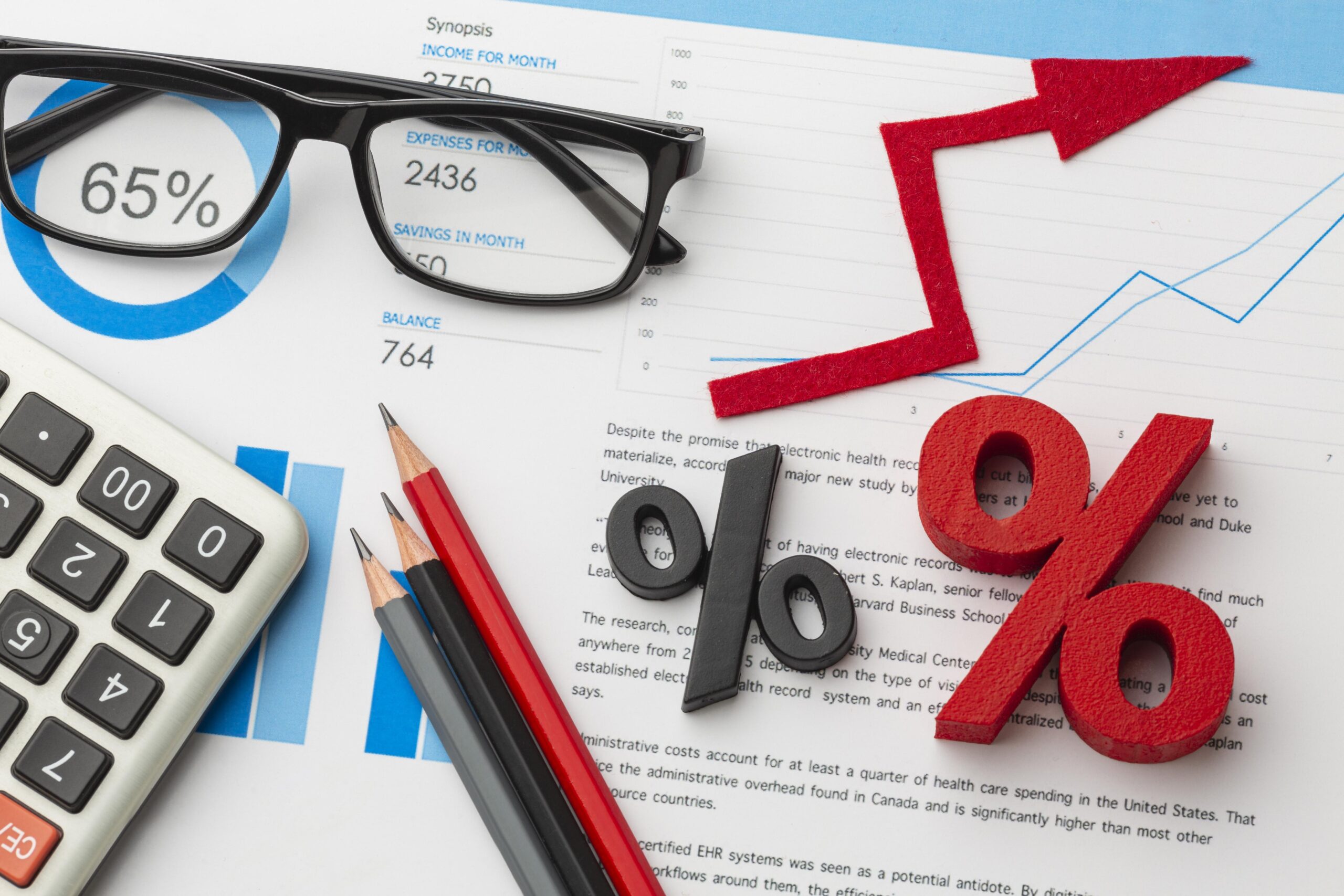Parental Leave in Australia: A Guide to Making It Work

Welcoming a baby into your family is one of life’s biggest moments, and it usually comes with a fair bit of financial juggling. Between Centrelink payments, employer benefits and time off work, Australia’s parental leave system can seem like a maze. But once you know how it all fits together, it’s easier to plan ahead and make the most of what’s available.
Here’s a simple guide to what Aussie parents can expect, what’s changing, and a few tips to help you stress less and enjoy those early weeks at home.
The Basics: Government Parental Leave Pay
If you’ve been working before your baby arrives, you might be eligible for Paid Parental Leave (PLP) through Services Australia. This government payment helps parents take time off work after the birth or adoption of a child.
Right now, eligible parents can receive up to 22 weeks of pay at the national minimum wage (around $882 a week before tax). The payment will gradually extend to 26 weeks by mid-2026, and from July 2025, the government will also start paying superannuation on top of the parental leave – a big boost for long-term retirement savings!
To qualify, you’ll need to meet a few criteria:
-
You’ve worked at least 330 hours in 10 of the 13 months before your child’s birth or adoption.
-
Your income sits under the current threshold.
-
You’re the baby’s main carer.
You can apply up to three months before your due date through Services Australia, and it’s worth doing early, as processing times can stretch out.
Employer-Paid Leave: The Perks Can Vary
While the government scheme sets the baseline, plenty of Aussie employers now top it up with their own paid parental leave policies. About two-thirds of employers offer something extra, though the details vary a lot depending on where you work.
In some industries, like education, utilities, and the public sector, 12 weeks of full pay is common. Others go above and beyond. Companies such as REA Group and Snowy Hydro for example, offer up to six months of paid leave, continue paying super during unpaid periods, and allow a gradual return to work when parents are ready.
Private-sector employers may not always match that generosity, but many now include extras like:
-
“Keep in Touch” days so you can pop back into work when it suits you
-
Phased return programs
-
Childcare partnerships or subsidies
If you’re planning a family, it’s well worth checking your Enterprise Agreement, award, or HR policy – some perks aren’t widely advertised.
State and Industry Differences
Parental leave rules are set nationally under the Fair Work Act, but public-sector workers in some states enjoy extra perks.
For example:
-
Queensland Government employees can access 14 weeks of paid leave plus unpaid extensions.
-
NSW public servants can now share up to 14 weeks each, giving both parents more flexibility.
-
Some industries, especially mining, health and education, negotiate even better terms through enterprise agreements.
If you’re unsure what applies to you, your HR or payroll team is the best place to start.
Handy Tips Before You Take Leave
1. Sort your timeline early.
You’ll need to let your employer know at least 10 weeks before your leave starts and confirm the dates about four weeks out.
2. Double-check your tax and pay setup.
Parental Leave Pay is taxable. If you receive both government and employer payments, make sure you’ve adjusted your tax settings so you’re not caught out later.
3. Think about super.
Super contributions will kick in from July 2025, but if you’re taking leave before then, consider adding a small voluntary contribution if your budget allows. It can make a noticeable difference over time.
4. Know your rights when you return.
The Fair Work Act guarantees your right to return to your old role (or one with the same pay and conditions) after leave. You can also request flexible work options, like part-time hours or working from home.
5. Ask about extra perks.
Some workplaces now offer creative benefits like paid parental coaching, extra unpaid leave, or “return bonuses” after six months back on deck. It never hurts to ask!
The Big Picture
Australia’s parental leave landscape is slowly becoming more generous, especially with superannuation finally being added. But not every workplace is equal. Some offer world-class policies; others just meet the minimum.
The best thing parents can do is plan ahead: know what you’re entitled to, apply early, and have a chat with your employer about what support they can provide. That way, when the big day arrives, you can focus on the cuddles, not the paperwork.
Any advice is general in nature only and has been prepared without considering your needs, objectives or financial situation. Before acting on it, you should consider its appropriateness for you, having regard to those factors. Before making any decision about whether to acquire a financial product, you should obtain the Product Disclosure Statement.
Latest News Articles
Back to Latest News
RBA Holds Rates Steady as Signs of Cooling Emerge

Budgeting on a Rollercoaster Tradie Income


